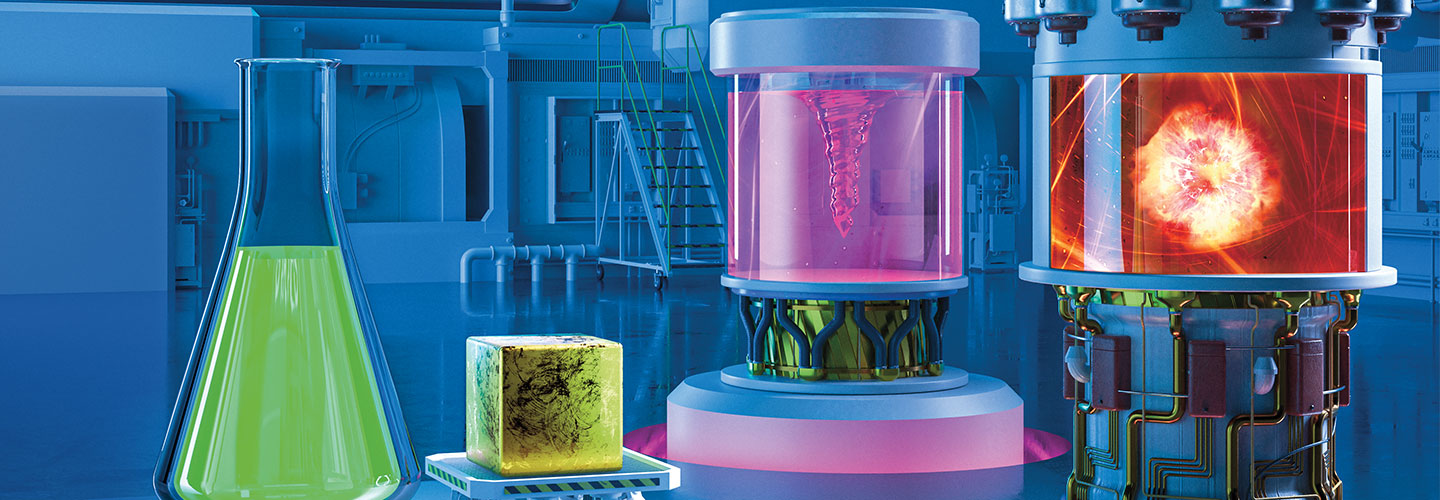If your science teacher were to ask you to name the states of matter, you could probably easily rattle off solid, liquid, and gas. But it turns out the classic trio doesn’t tell the whole story. Under certain conditions, matter can take on other distinct forms. These states exhibit unusual properties and mindboggling behaviors.
All matter is made up of tiny particles such as atoms—the smallest units of elements—or molecules—two or more atoms bonded together. In some circumstances, matter can change from one state to another. For example, an ice cube can melt from a solid into a liquid.
So how many states of matter are there? That depends on who’s counting. Some experts put the number at five. Others say eight. There could be many more, depending on how precisely scientists distinguish between states. Take a closer look at some states of matter, from the familiar to the strange.
Your science teacher asks you to name the states of matter. You could probably easily list solid, liquid, and gas. But the classic trio doesn’t tell the whole story. Under certain conditions, matter can take on other distinct forms. These states have unusual properties and mind-boggling behaviors.
All matter is made up of tiny particles, such as atoms or molecules. Atoms are the smallest units of elements. Molecules are two or more atoms bonded together. Sometimes, matter can change from one state to another. For example, an ice cube can melt from a solid into a liquid.
So how many states of matter exist? That depends on who’s counting. Some experts say the number is five. Others say eight. There could be many more. It depends on how exactly scientists tell them apart. Take a closer look at a few states of matter. Some are familiar, but others are strange.

